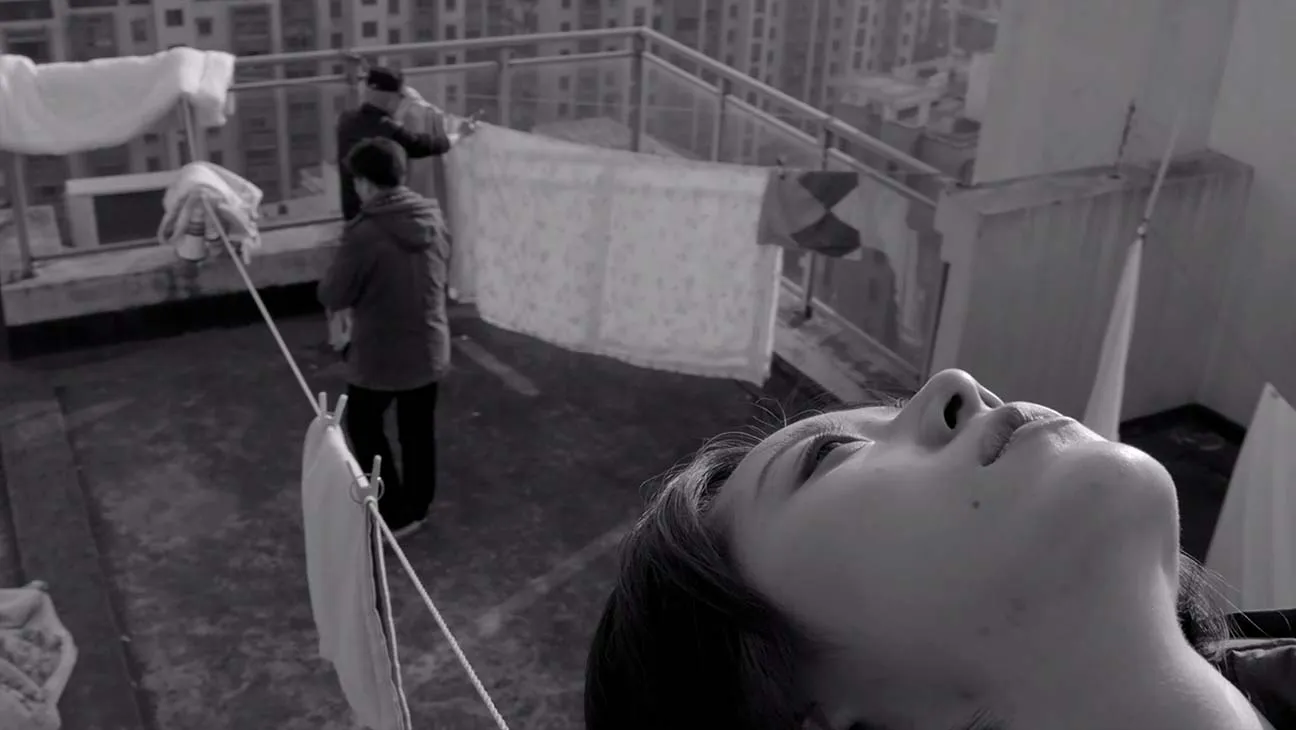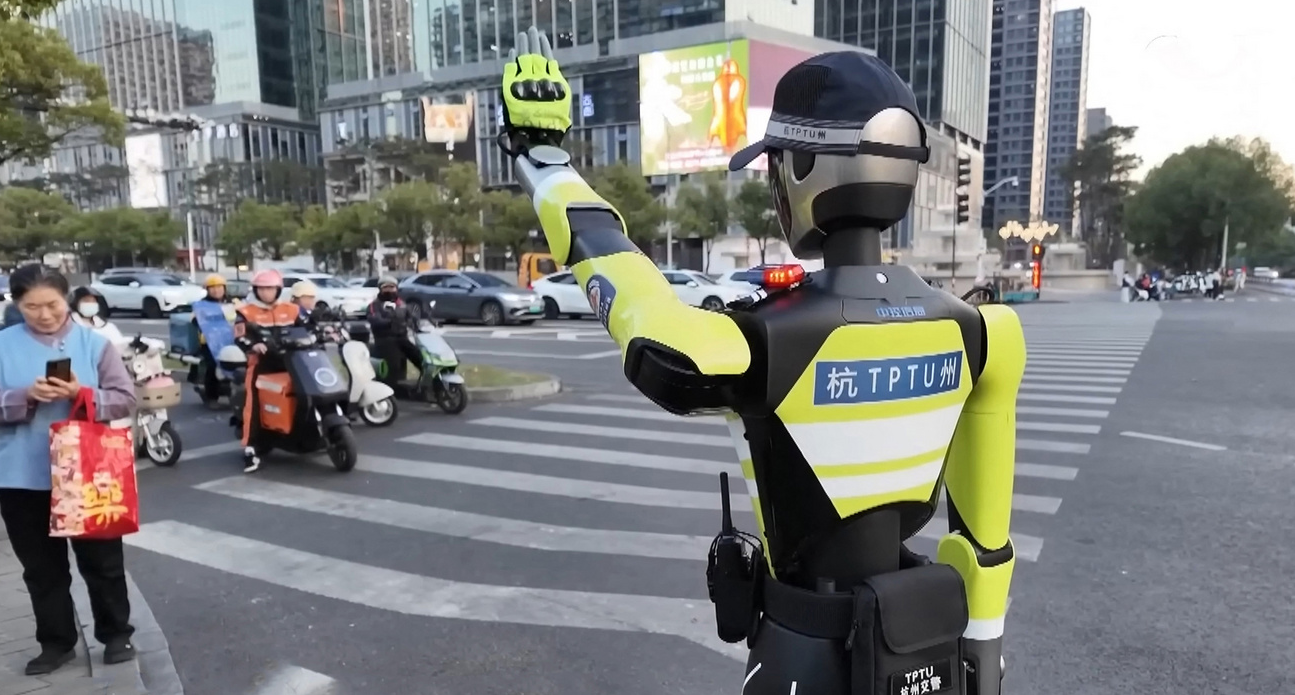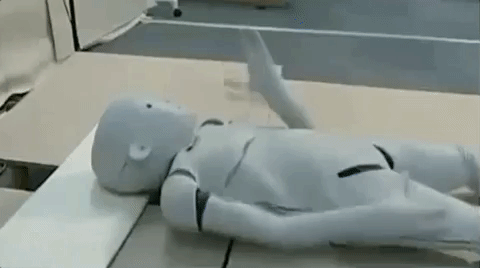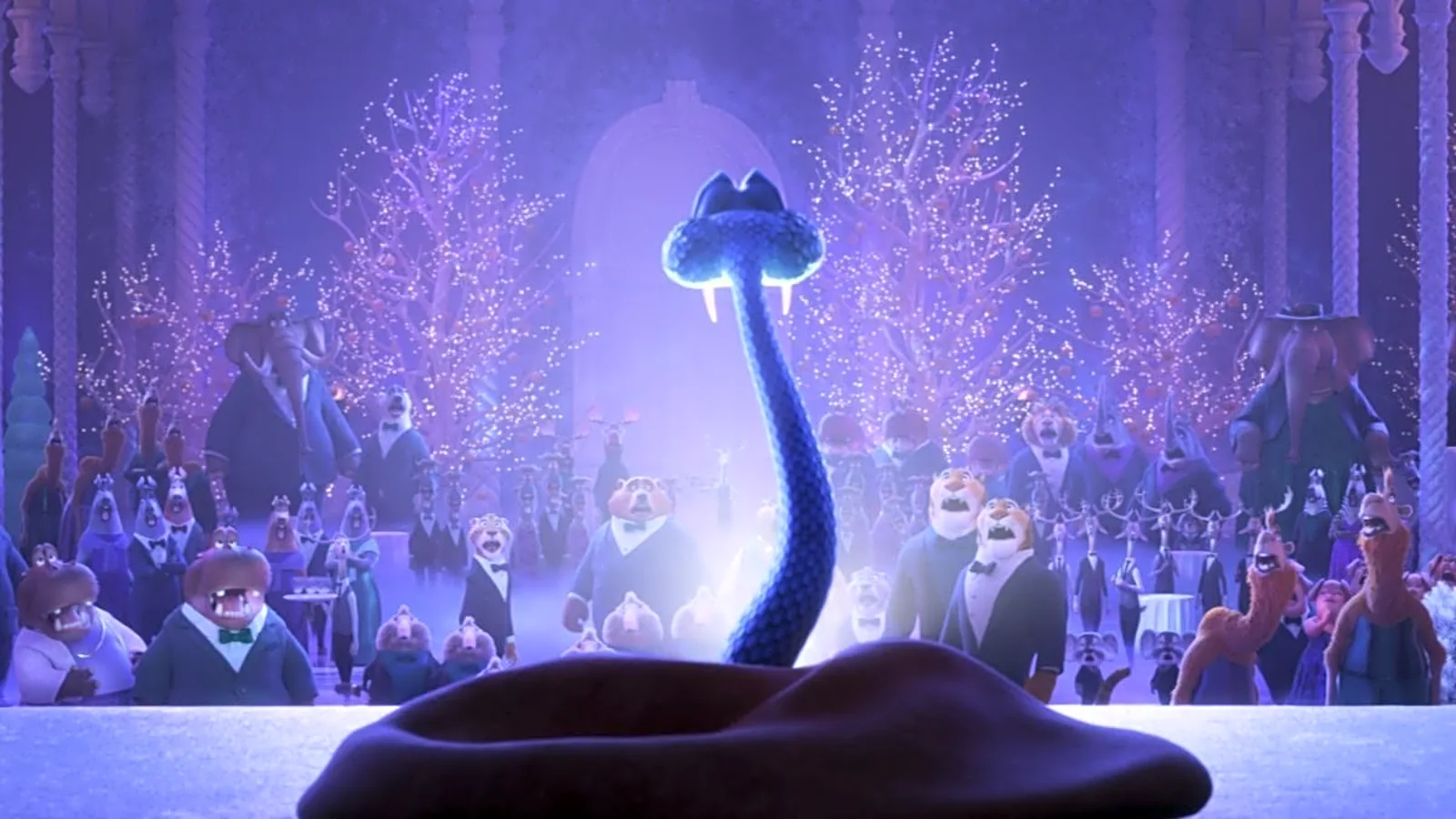In recent years, off-the-grid retreats and tech detoxes have been on the rise in China, as in many other areas of the world. Often, the idea behind such initiatives is that for us to really switch off and find a sense of inner peace (or whatever term you want to attach to it), we need to more than install Calm and look at pictures of rain once a day — humans must do away with the gadgets and technology that dominate our lives.
But at Longquan (龙泉 or Dragon Spring) monastery on the outskirts of Beijing, they approach things from a radically different angle: what if cutting-edge technology can actually help rather than hinder the search for enlightenment?
The monks at Longquan (including one robotic monk) are testing this idea in practical ways every day — and last month I joined them.
The Place that Launched a Thousand Apps?
The monastery, built in 957, rises from the rolling hills of the Phoenix Range out beyond the Summer Palace in Beijing’s suburban northwest. Wooden roofs slope over stone temples. Serene pools with golden carp sparkle in the trails leading into the mountains. In these respects it looks like many a Chinese temple, but from this ancient scene modern innovation flows, and there are numerous tales of how Longquan has had a hand in technological advancement.
One famous story tells of Tencent VP Zhang Xialong seeking inspiration at the temple before launching the app WeChat. Another concerns an aspiring monk who rejected a fulltime scholarship to MIT to pursue his monastic vow.

Longquan Monastery in outer Beijing
This milieu of serenity and science has also given rise to creative means of transmitting the Dharma. An animation team of monks and volunteers builds stop-motion videos about animals advocating for veganism and other principles. An IT unit works on digitizing the Buddhist canon. A social media team runs a blog and an account called Voice of Dragon Spring, with fans across the globe. And a technology team cooperates with 12 tech companies in China to work on the AI behind robotic monk Master Xian’er.
From Artificial Intelligence to Artificial Enlightenment
Master Xian’er is a robotic AI monk who lives together with the 260 yellow-robed human inhabitants of Longquan. He stands — or rather, rolls — two feet tall, and answers questions from groups visiting the monastery in either English or Chinese.
On our first encounter with Master Xian’er we started tentatively, asking him if he’d eaten (a common greeting in China). “Do not treat me with such disrespect,” he retorted. Turns out, Master Xian’er is particular about how you address him: fail to call him “master” and he’s not exactly zen with his responses.
Master Xian’er’s name in Chinese can be interpreted as “venerable and silly”, but he does serve a serious purpose for the temple, touring global robotics conferences to spread the gospel of altruistic AI.

A group from the Alibaba Global Leadership Academy pays a visit to Master Xian’er
Many of the (human) monks hold PhDs from China’s top research institutes, and according to them, the artificial intelligence on display at Longquan and through Master Xian’er is only the first step — the true challenge is artificial enlightenment.
The venerable Master Xianqing, a monk of ten years who holds a doctoral degree in engineering thermophysics from Tsinghua University, explains:
Artificial intelligence is the easy part. In society, we focus now on the mind, so the mind of the robot, the intelligence part, that’s what we build. The second and more necessary step is artificial heart, artificial enlightenment. When our image and our attention in society shifts to the heart, we will begin to program hearts. We will program selflessness and giving. Then, the intelligence will be informed by altruism. In that way, we will not need to fear robots. We will trust them.
This philosophy, equal parts West World and Yoda, is a central part of the work at Longquan monastery and explains some of Master Xian’er’s international work.
Toward an Enlightened AI Debate
As the advancement of AI accelerates, commentators continue to disagree over whether this new era for machines will ultimately be nightmarish or utopian. The late Stephen Hawking framed the ambiguity, saying “AI will be the best or worst thing that happened to humanity.”
Former U.S. president Barack Obama said in a recent interview, “The way I’ve been thinking about the regulatory structure as AI emerges is that, early in a technology, a thousand flowers should bloom.” The allusion to China’s Hundred Flowers campaign encourages not just a broad but a global dialogue.
The Venerable Master Xianqing presses this point as well. “Just as humans slowly traverse the stages of consciousness, technology has taken the first tiny steps in a long journey toward higher kingdoms of science. We all have a responsibility to guide this journey.”
The AI monk-bot Master Xian’er has no shortage of critics, who hold that science and spirituality should not be so deeply entwined. Yet in a future where all sorts of robots are earning their seat at the table, a monk-bot among them — with as much artificial enlightenment as the Longquan monk-matecians can muster — might not be a bad idea.
Cover photo by Xinhua
You might also like:
 Digital Deities and Galactic Guardians – How China is Invoking Ancient Gods in Cutting Edge TechArticle Jun 07, 2018
Digital Deities and Galactic Guardians – How China is Invoking Ancient Gods in Cutting Edge TechArticle Jun 07, 2018
![]() Saving Southern Shaolin: Preserving the Ancient Art of QigongArticle Feb 03, 2018
Saving Southern Shaolin: Preserving the Ancient Art of QigongArticle Feb 03, 2018
















